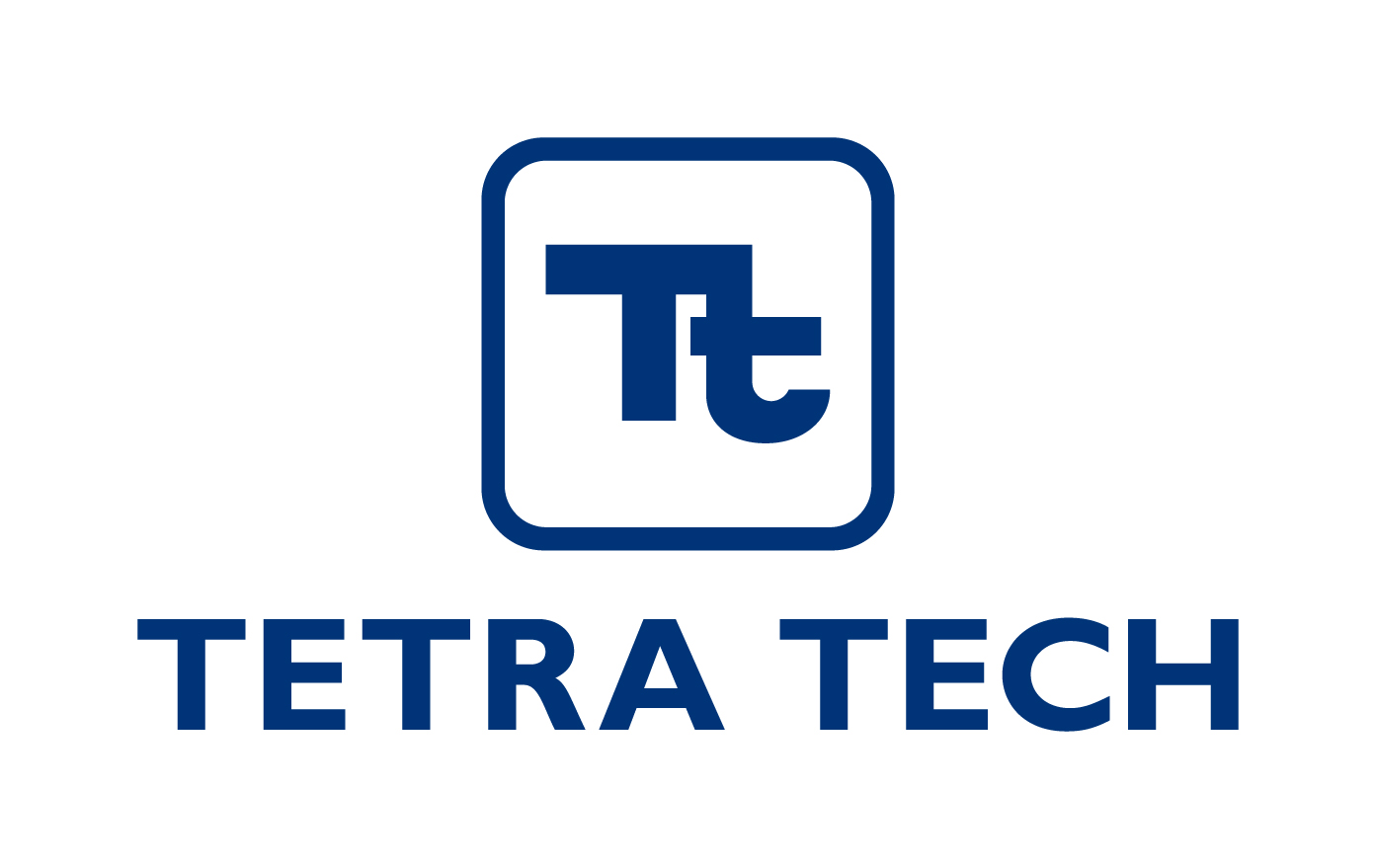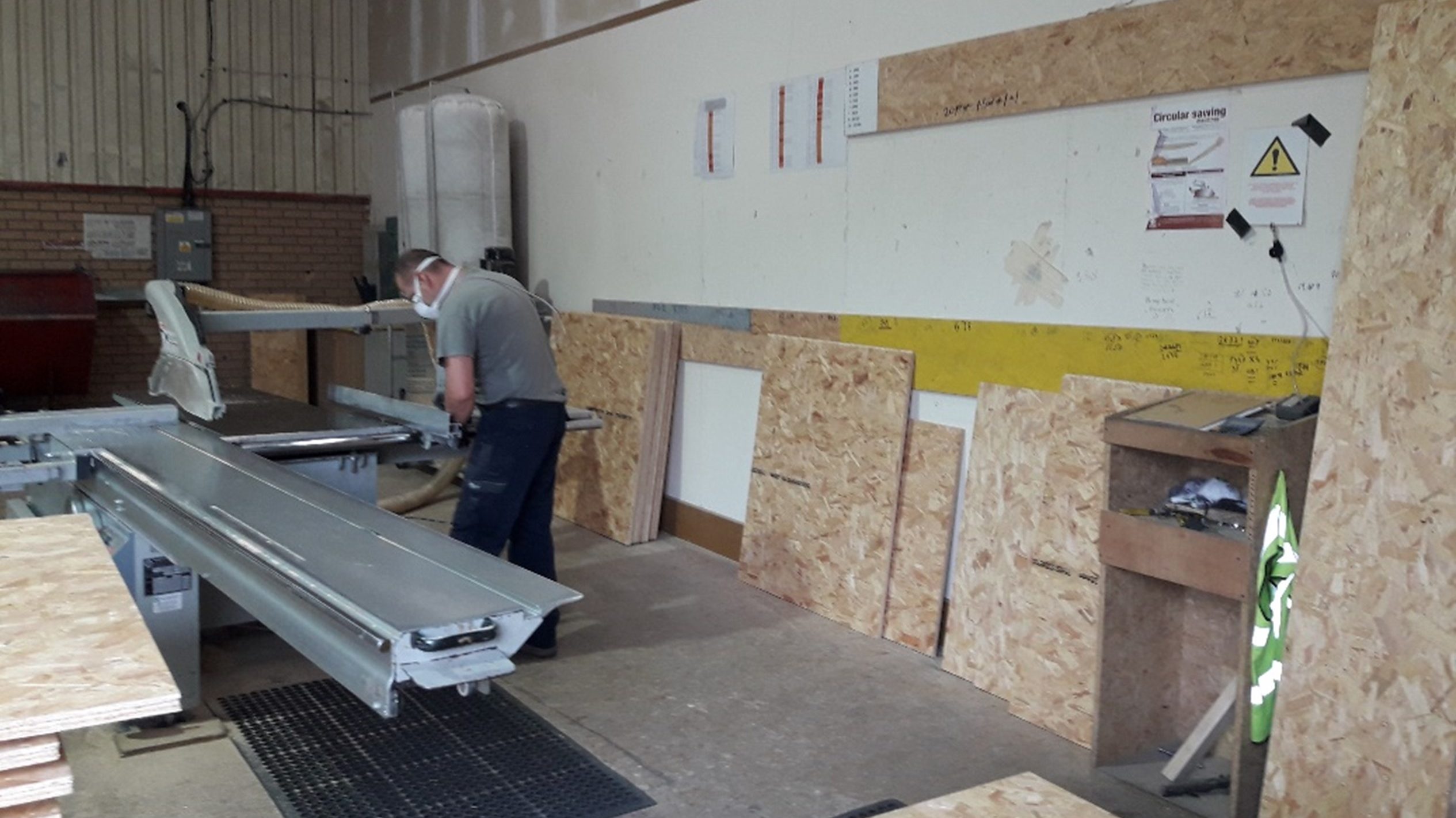Workplace and Indoor Air Quality Guidance
DustScan follow best practice guidance in all assessment and reports, and a selection of relevant legislation and guidance for workplace exposure and indoor air quality is set out below.
Statutory Instruments (secondary legislation)
Control of Substances Hazardous to Health (COSHH) (2002)
In Great Britain, exposure to airborne substances/pollutants in any place of work relates to the Health and Safety Executive (HSE) Control of Substances Hazardous to Health (COSHH) Regulations. Regulation 6(1) states that an employer “… should carry out a suitable and sufficient assessment of the risks to the health of your employees and any other person who may be affected by your work, if they are exposed to substances hazardous to health”. Regulation 10 clarifies that monitoring is required “when measurement is needed to ensure a WEL or any self-imposed working standard is not exceeded…”.
There are legally binding workplace exposure limits (WEL) for around 500 substances which are listed in HSE EH40/2005 Workplace exposure limits. There are WELs for total inhalable and respirable dust, when sampling is undertaken in accordance with the methods described in MDHS 14/4 General methods for sampling and gravimetric analysis of respirable, thoracic and inhalable aerosols.
It is important to note that asbestos and lead exposure have separate occupational exposure guidelines; the Control of Asbestos Regulations (CAR) and Control of Lead at Work Regulations (CLAW) respectively. These regulations include an Occupational Exposure Limit (OEL) for lead and an asbestos control limit.
It is also important to note that exposure limits relate to personal monitoring.
Although COSHH applies in every workplace, WELs are not universally applicable. They are often not considered appropriate for pregnant woman for example and they cannot be readily adapted to evaluate or control prolonged, continuous or non-occupational exposure.
The Building Regulations (2010)
The UK Government Ministry of Housing, Communities and Local Government statutory guidance Approved Document F1 Means of Ventilation, sets out the building regulations in England for the ventilation requirements to maintain adequate indoor air quality. The guidance is mainly focussed on offices.
Appendix B: Performance-based ventilation sets average indoor air pollutant guidance values for carbon monoxide (CO), nitrogen dioxide (NO2), formaldehyde, total volatile organic compounds (TVOC) and ozone (O3), largely based on World Health Organisation (WHO) guidelines.
It is important to note that these guidance values are performance criteria for the assessment of building ventilation, they are not occupant exposure assessment criteria.
Indoor Air Quality Guidelines
UK Government, Building Bulletin 101 (BB101) (2018)
The relevant regulations, standards and guidance on indoor air quality for school buildings are set out in the UK Government Education & Skills Funding Agency Building Bulletin (BB) 101 . BB101 includes guidelines on ventilation such as setting maximum levels of carbon dioxide (CO2) in teaching and learning spaces and specific guidelines on indoor air quality, mainly based on WHO indoor air quality guidelines that ‘should be used for schools’.
WHO Air Quality Guidelines (2021)
WHO air quality guidelines are designed to provide guidance in reducing the health impacts of air pollution and are based on expert evaluation of current scientific evidence on the health effects of air pollution.
The first edition of the WHO Air Quality Guidelines for Europe was published in 1987 and was updated in 2000 and 2005 to consider more recent data and developments in risk assessment methodology. The WHO revised their interim target and air quality guideline levels for a number of key pollutants in their 2021 review.
In 2010 the WHO published guidance for the protection of public health from risks associated with a number of pollutants commonly found in indoor air (benzene, CO, formaldehyde, naphthalene, NO2, PAH, radon, trichloroethylene and tetrachloroethylene). The pollutants selected in the indoor guidelines were identified as all having potential indoor sources, were known as being hazardous to health and often occurring in concentrations of specific health concern. The guidelines were prepared to provide a scientific basis for legally binding standards for use by public health professionals and specialists and authorities involved in the design and use of buildings and building materials (some have been adopted in the Building Regulations).
WHO guideline values ’do not differentiate between indoor and outdoor air exposure‘, so they are applicable indoors. Some of their latest 2021 guidelines therefore supersede their specific 2010 indoor air quality guidelines (e.g. for CO and NO2).
Other Recent Indoor Air Quality Guidelines
- Public Health England (PHE) (now the UK Health Security Agency (UKHSA)) Indoor Air Quality Guidelines (2019)
- Department for Environment, Food and Rural Affairs (DEFRA) Air Quality Expert Group: Indoor Air Quality (2022)
- Chartered Institution of Building Services Engineers (CIBSE) KS17: Indoor air quality and ventilation (2011)
- CIBSE Guide A: Environmental Design (2015)
- Institute of Air Quality Management (IAQM) Indoor Air Quality Guidance: Assessment, Monitoring, Modelling and Mitigation (2021)

Oliver Puddle
(BSc, CSci, MIEnvSc, MIAQM, AFOH)
Technical Director
Discuss your requirements with our Technical Director
If you would like to discuss any aspects of the guidance above or how and where it can be applied, we can organise an initial call to understand your exact requirements.
Please call us on +44 (0)1608 810110 or email Oliver using the email button below.
Case Studies
The business was formed in 2004
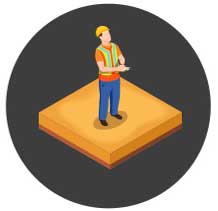
We are employee owned

Over 145,000 samples analysed

Clients across all 7 continents
Who We work With
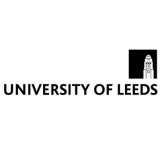
LogoIco19-17071456
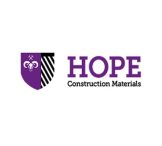
LogoIco20-17071456
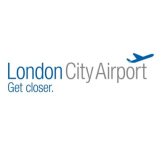
LogoIco21-17071456
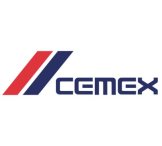
LogoIco23-17071456
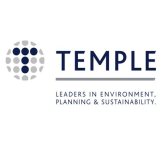
LogoIco22-17071456

LogoIco24-17071456
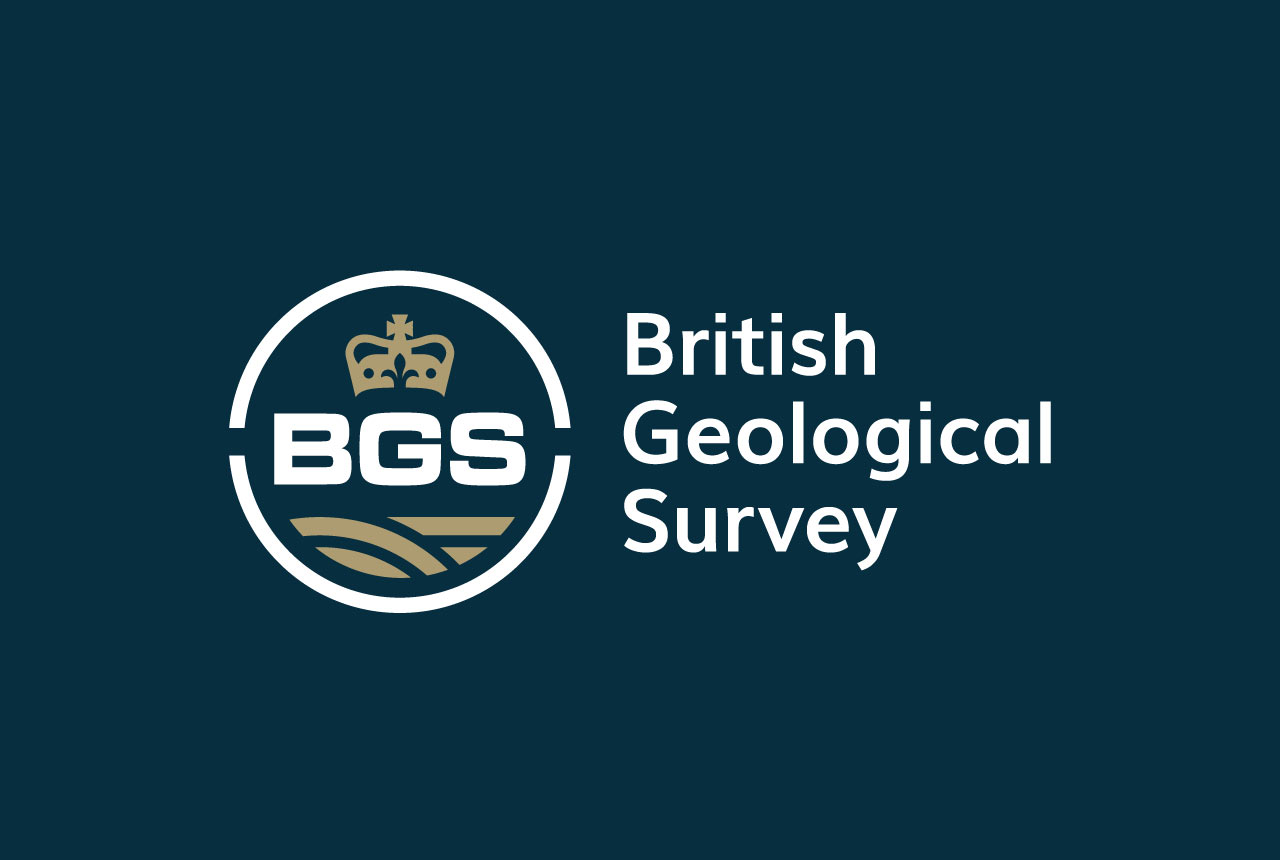
BGS
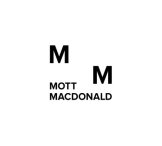
LogoIco26-17071456
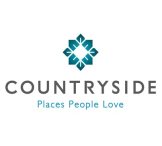
LogoIco27-17071456

DHL
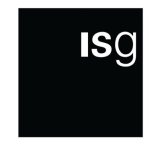
LogoIco29-17071456

LogoIco30-17071456

LogoIco31-17071456
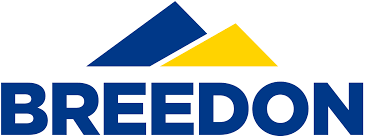
Breedon

EON
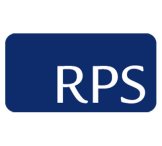
LogoIco34-17071456
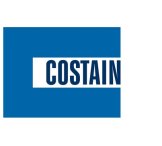
LogoIco35-17071456
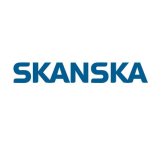
LogoIco37-17071456
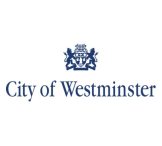
LogoIco40-17071456
WSP_logo
BP_Helios_logo

BBC
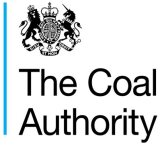
LogoIco45-17071456

LogoIco46-17071456
Tarmac_logo
AECOM
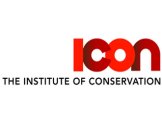
c6-03030930
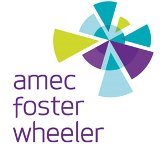
logoico-amec
Ricardo_(Unternehmen)_logo
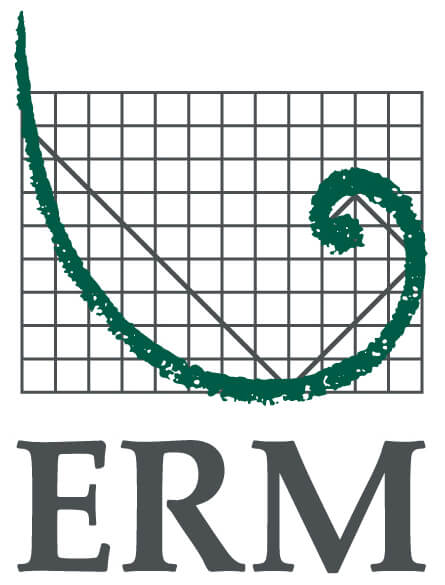
erm-logo-2in
Shell_logo

mace-logo

Balfour_Beatty
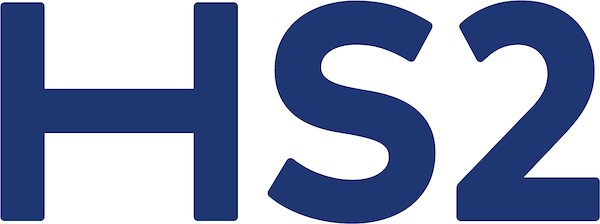
hs2 logo

uob-crest
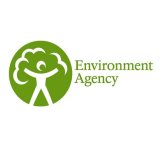
LogoIco36-17071456

LogoIco9-17071456
BAM_Nuttall_logo
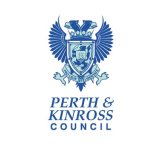
LogoIco13-17071456
AtkinsRéalis_logo
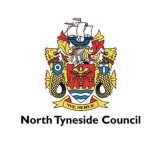
LogoIco14-17071456

AQC

Ashcourt Group
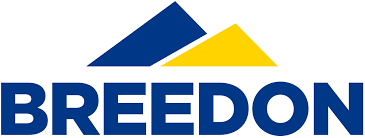
Breedon

Brett Aggregates

BT Openreach

Cullimore Group
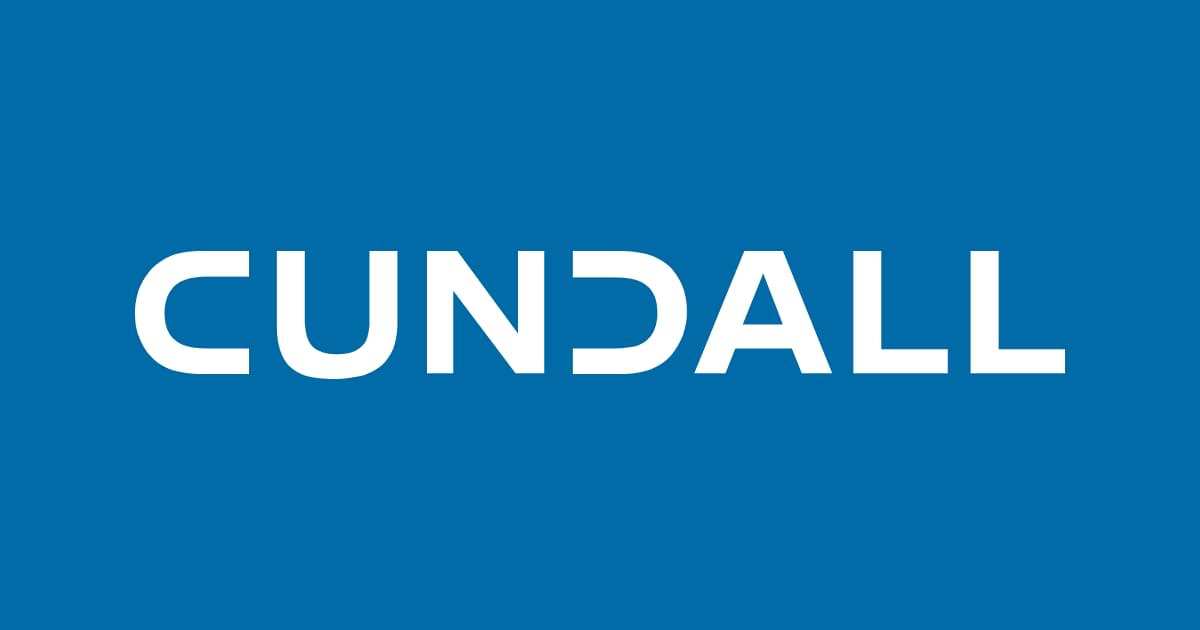
Cundall

EDF
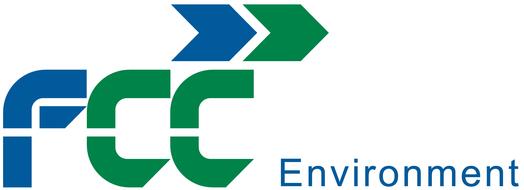
FCC Environment
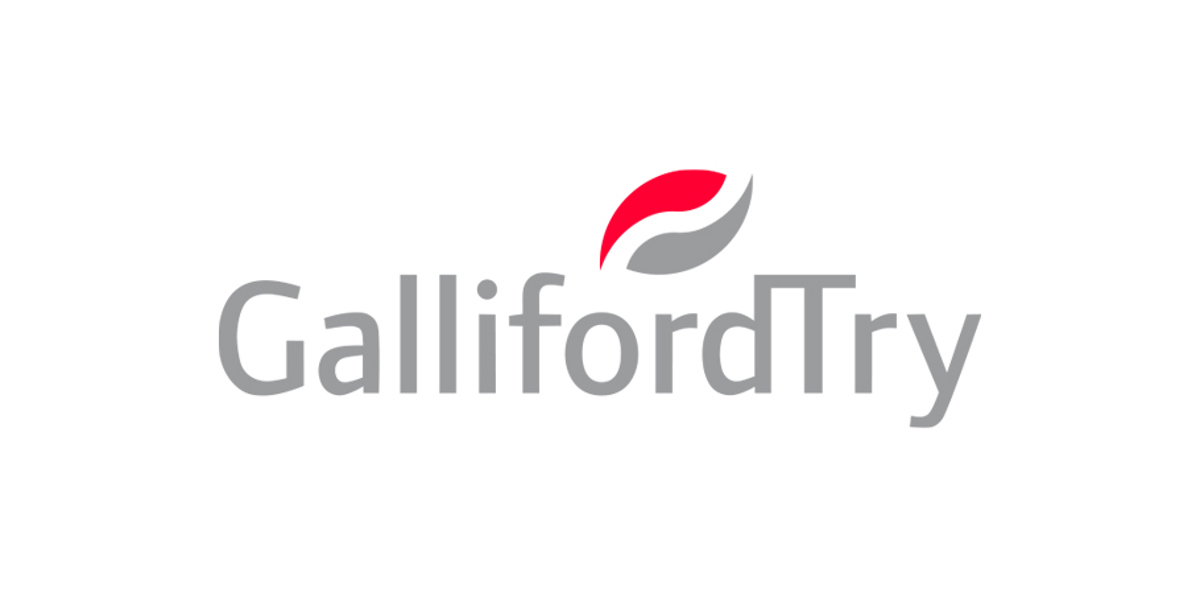
Galliford Try
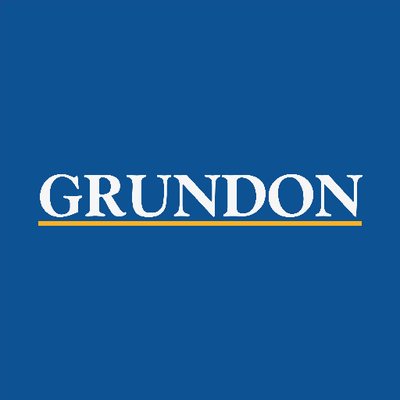
Grundon
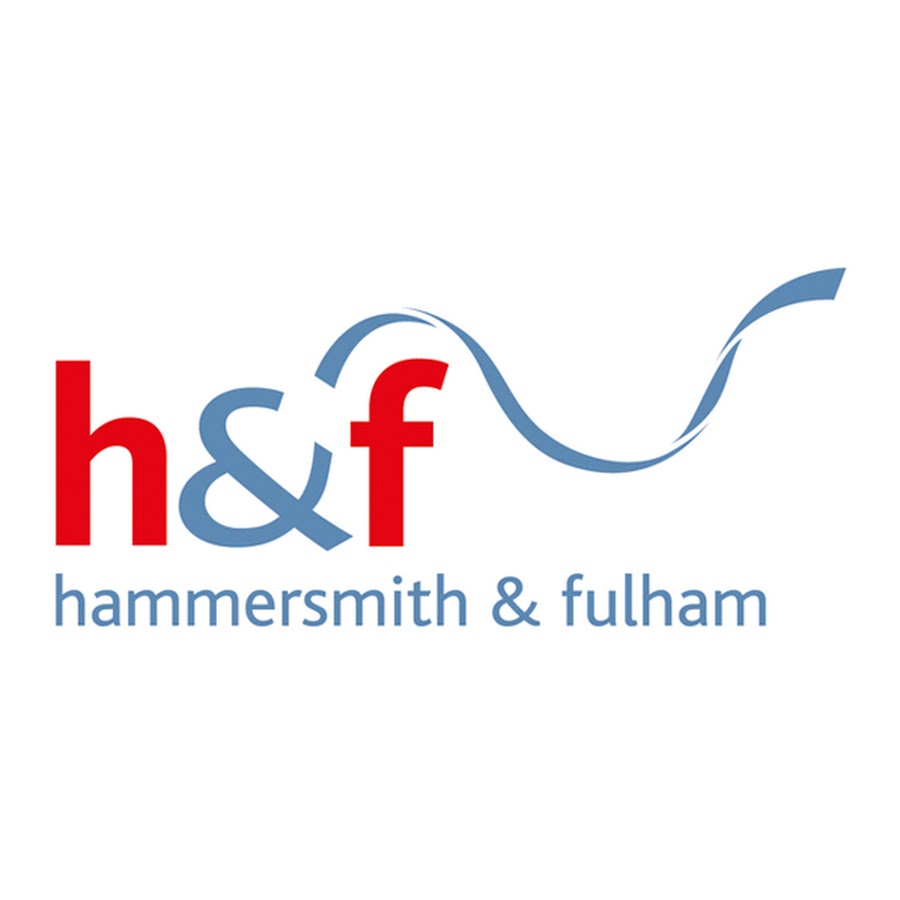
Hammersmith and Fulham
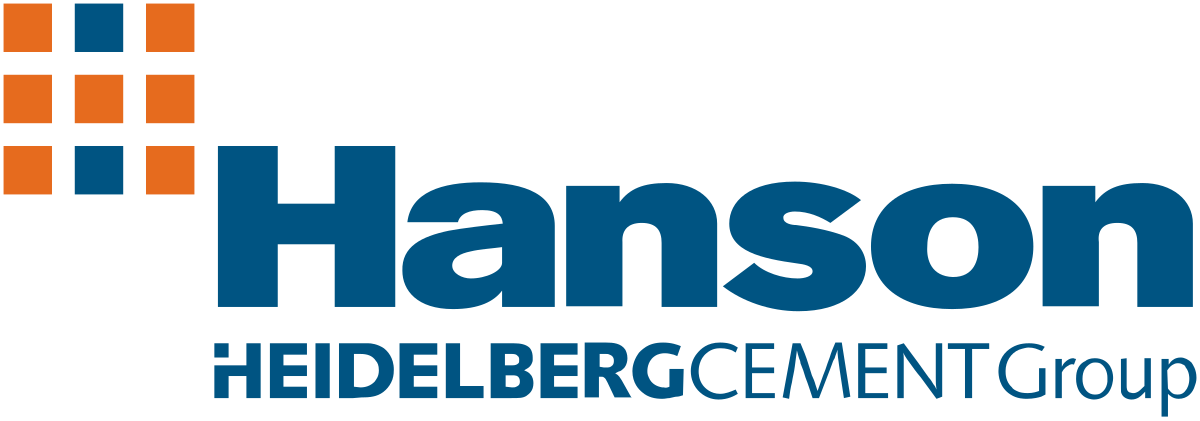
Hanson
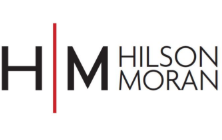
Hilson Moran
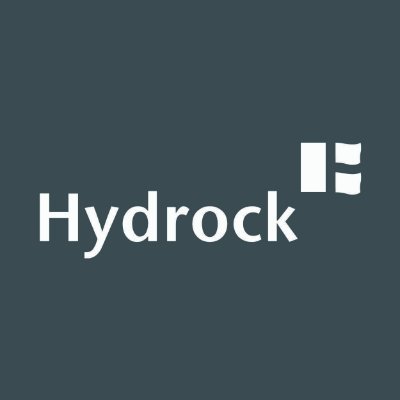
Hydrock
McCormick
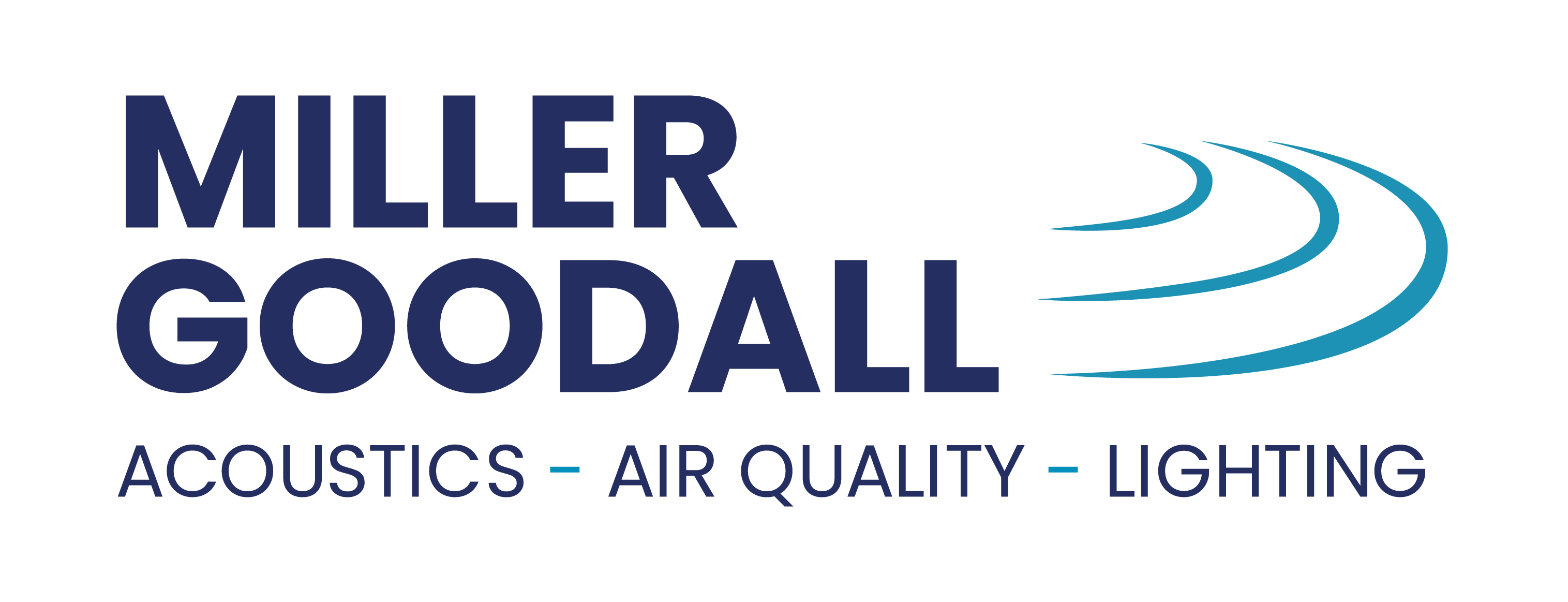
Miller Goodall
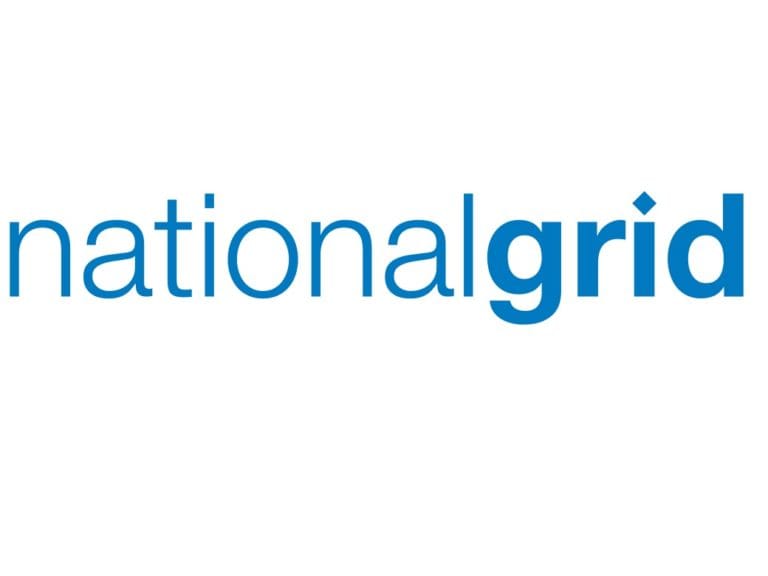
National-Grid
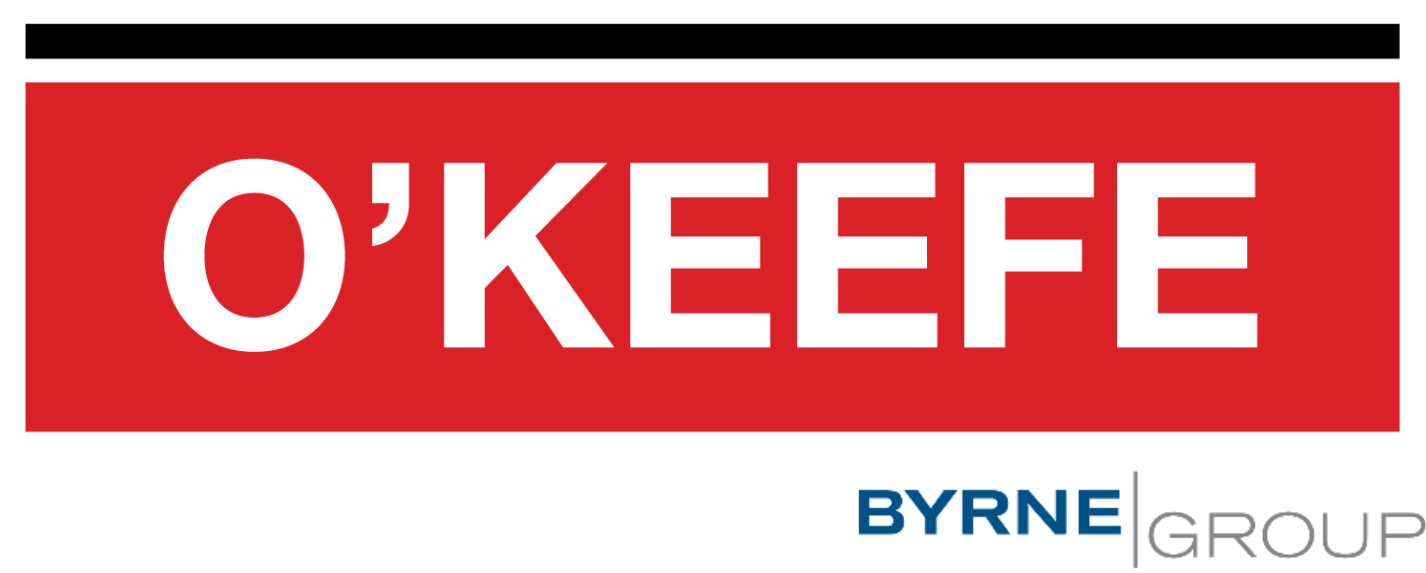
O'Keefe

oxford-City-Council
RBKC

ROCKWOOL

Runnymede_borough_Council_
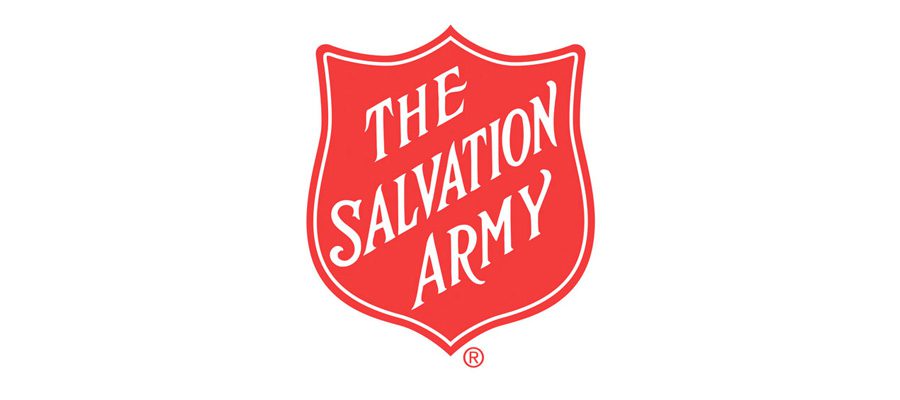
salvation army

Siemens_Gamesa
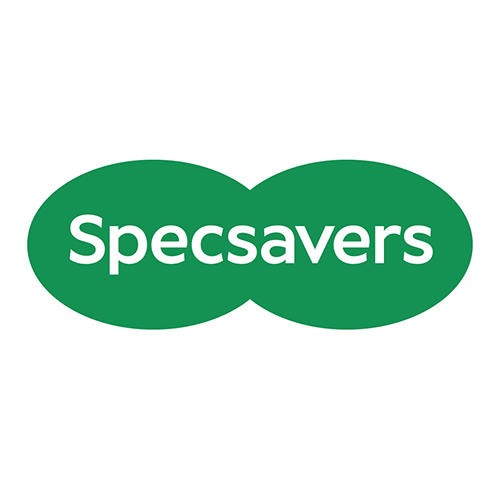
Specsavers

Stagecoach supertram

TASIS
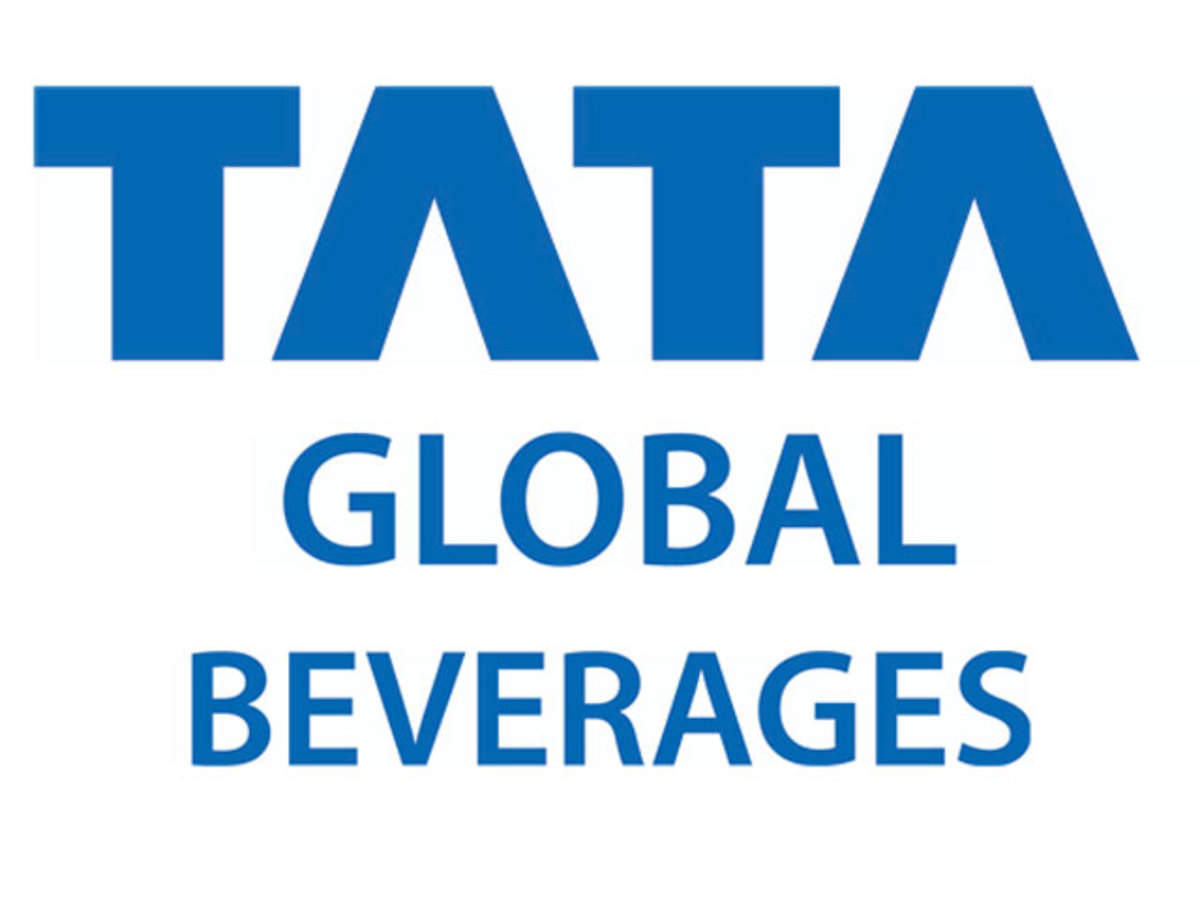
tata-global-beverages
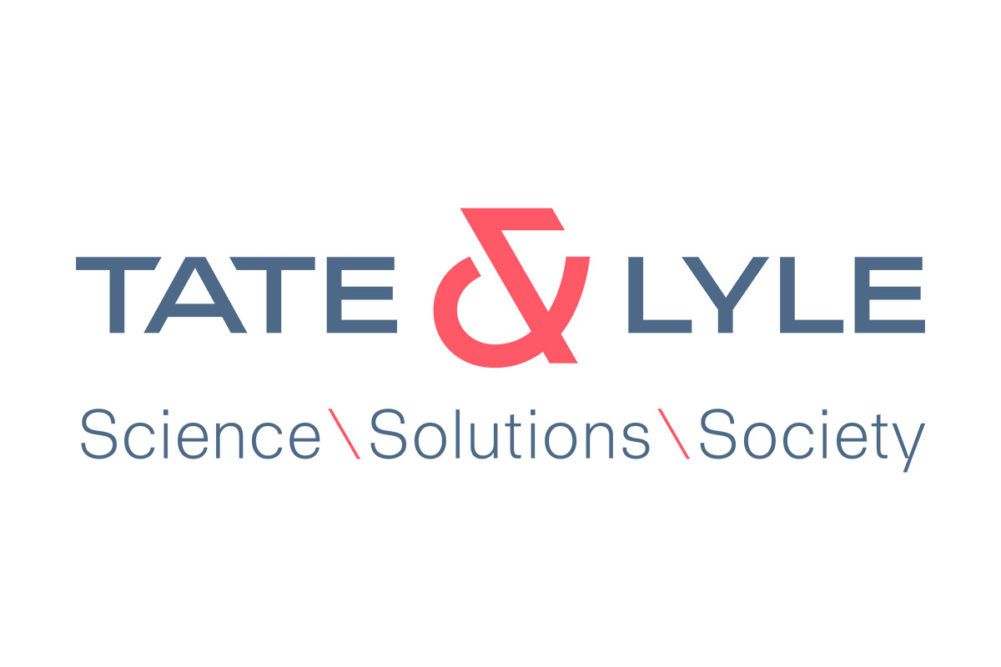
tate-and-lyle
